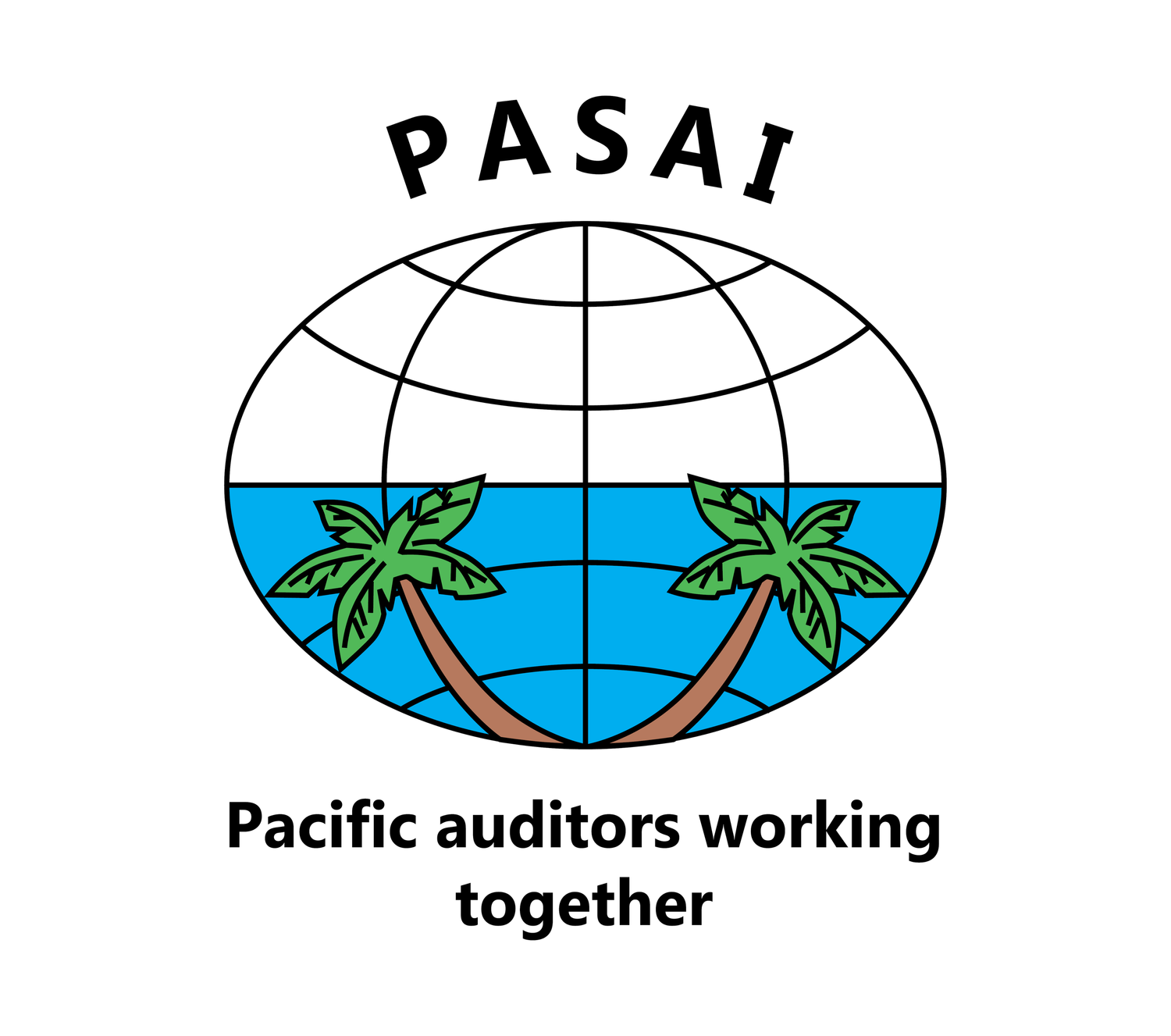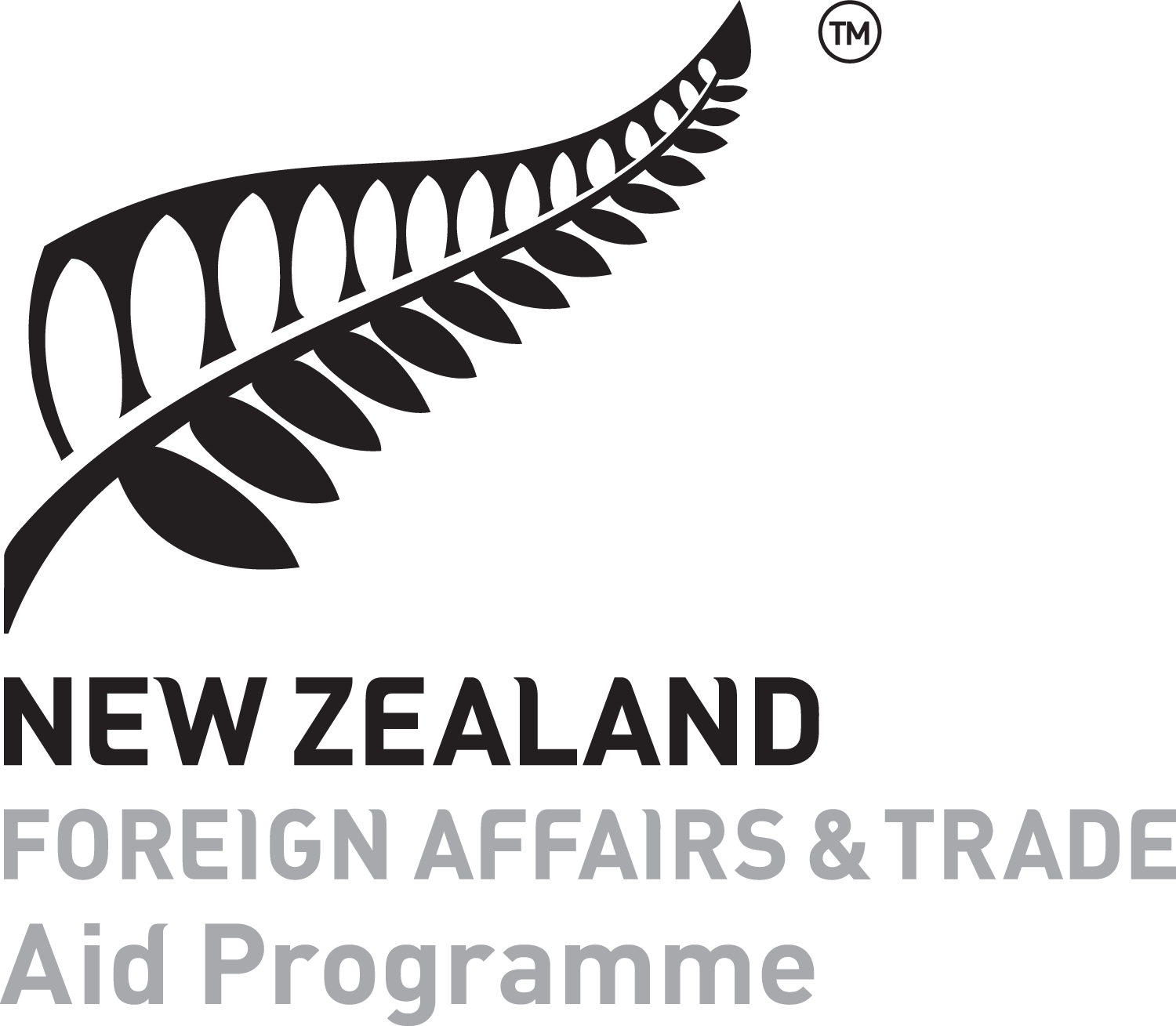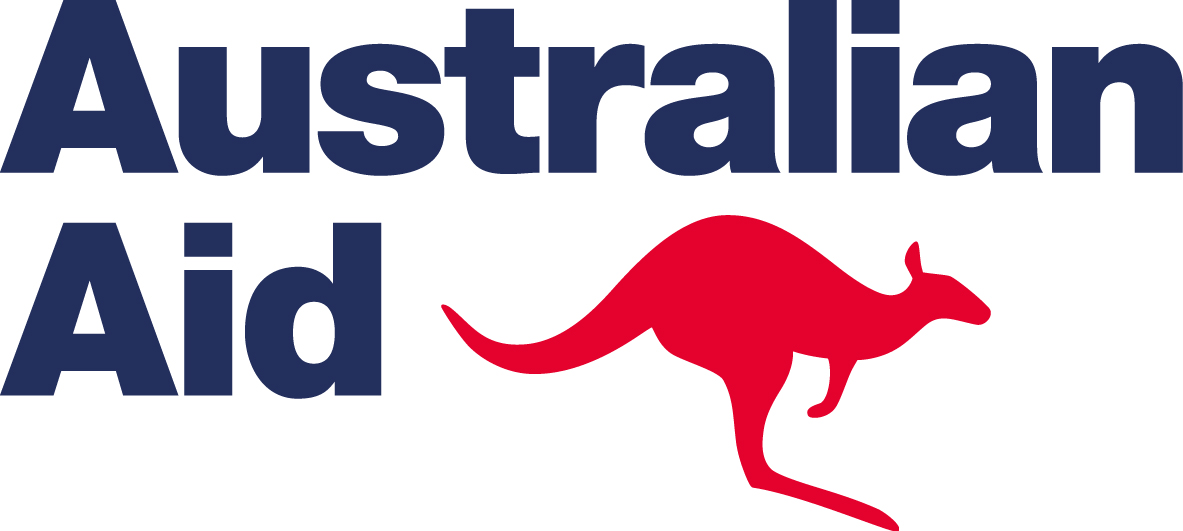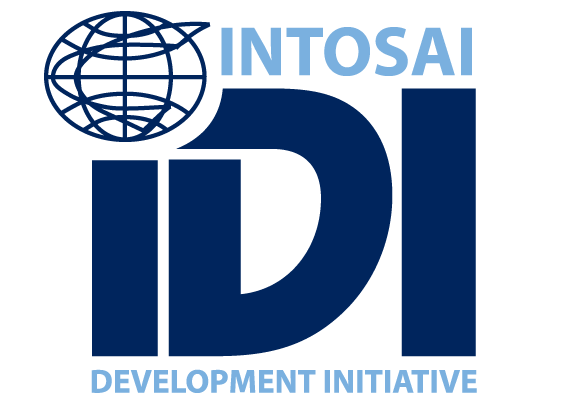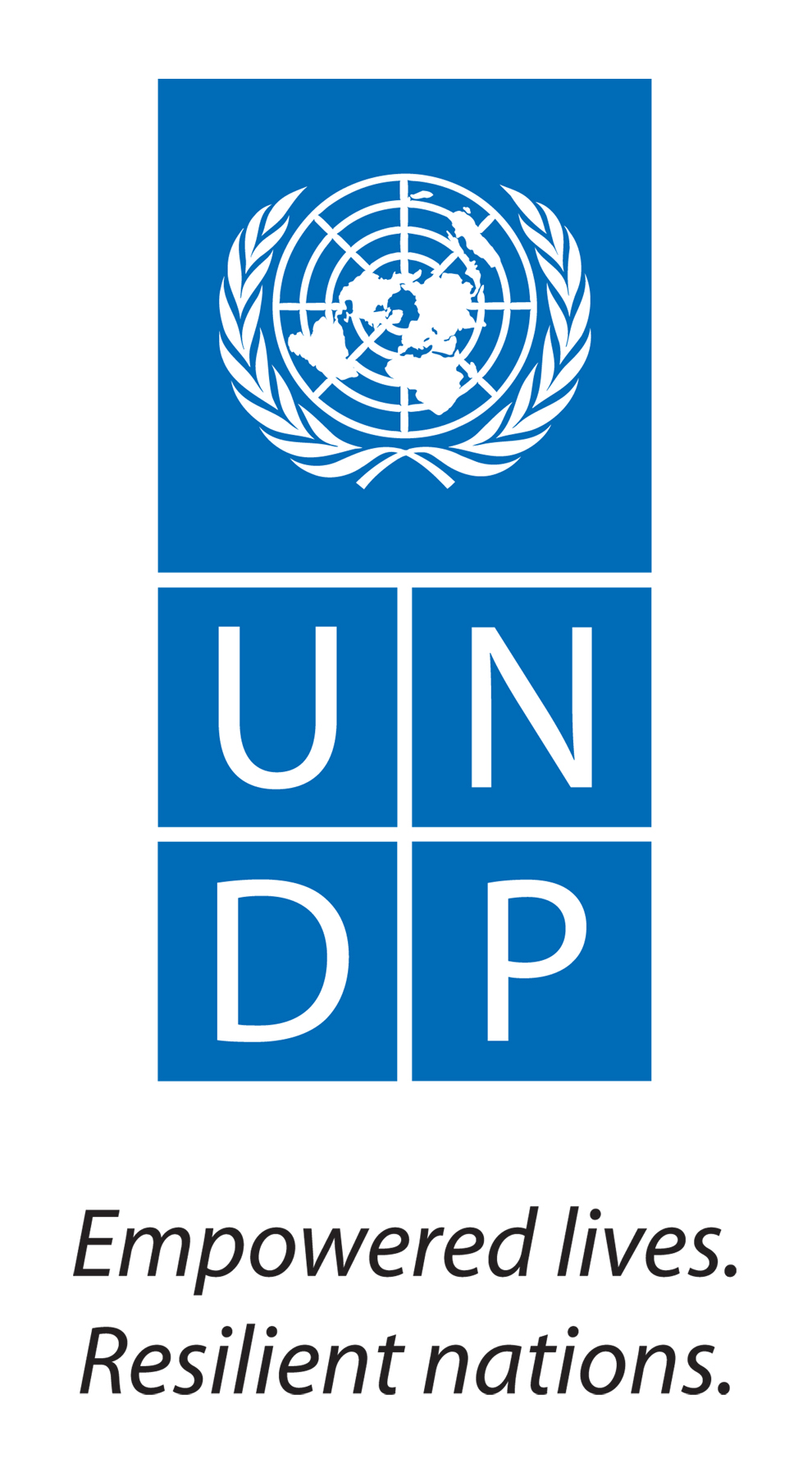By Luke Eaton, Communications Advisor/Editor, PASAI
Making an issue hard to ignore
About a year ago, one of our members published an audit report [1] which reviewed the integrity of the assessment and approval processes for two government grant programmes. It was not about embezzlement or public money gone missing. There was nothing illegal found about how the money was allocated. However, the impact of this report is arguably still being felt in New South Wales.
Ordinarily, grant administration would not be likely to capture the public’s attention. There’s no obvious civil society organisation that would find such a topic central to its cause. How then did this report avoid the fate of so many others that end up gathering dust on the shelf, despite their notable findings?
There’s no one answer of course but I think it’s fair to say the media did some of the heavy lifting.
When the audit office published the report in its necessarily impartial and measured language, the media realised the findings didn’t pass the ‘pub test’, as many Australians would say. This means that average citizens chatting about the relevant facts of a matter (at say, a pub) would agree there was something unjust about it, even if it might be technically compliant.
And so, having recognised the potential interest in the report, the media gave it ‘legs’ and reported on it with some rather attention-grabbing headlines over several months.
A collage of some of some of the articles related to the audit in question, centre
The benefits of earned media
Now I know many of our members don’t operate in an environment where they can rely on a well-resourced local media to recognise their audit work as potential news stories. Some countries face restricted media freedoms and few media outlets. However, many SAIs simply haven’t prioritised the media as one of their key stakeholders.
Engaging with the media does carry risk. After all, you don’t have editorial control over what an external media outlet will publish or broadcast. However, this separation is what gives extra credibility to your messages. Consider how differently you feel learning about a product on a seller’s website, compared to seeing, hearing or reading about the product in the media. The former is ‘owned media’ and the latter is ‘earned media’. Incidentally, if you learn about something through an advertisement, that’s ‘paid media’.
A SAI’s owned media are its website and emailed content like notifications and newsletters, over which it has full control. As useful as they are, there are limits to the level of public engagement a SAI can have with these tools.
On the other hand, a SAI’s earned media is likely to reach many more people. SAIs should pursue opportunities to have the media amplify the impact of their audit work. This is not to say it’s easy, but the results can be profound.
Pacific Island SAIs should be greatly encouraged by the lead story in our latest newsletter. In it, another of our member SAIs hosted a media conference for journalists representing all of the media outlets. After explaining the role and functions of the SAI, the SAI Head gave on-the-record briefings about his COVID-19 audits, [2] taking questions throughout. The result was four front-page lead articles in the two national daily newspapers and at least 15 other follow up media reports across radio, TV, print and online platforms in the days after the workshop. This extra attention has now boosted the likelihood of the recommendations in the reports being implemented.
Learning how to help the media help you
We were extremely pleased with the interest in and engagement with the communications and media training we offered our members in Fiji last month. For almost all participants, it was the first time they had been trained to prepare for and do a media interview. As they now know, even in earned media, there is still much that is within your control and there are many ways to make the relationship with the media win-win.
Given the success of this programme, we hope to deliver similar training on a more regular basis. This will help put SAIs at ease about actively engaging with the media, minimising the risks and maximising the rewards.
Accountability in action
And what about the report mentioned earlier in this blog post? As well as receiving extensive media coverage it attracted the attention of parliamentary committees and contributed to much public debate. By the time we published an article about the report in the June 2022 edition of our newsletter the audit office had already participated in a related forum moderated by a prominent journalist livestreamed to the public.
After convincing election losses just last week, [3] it’s fair to assume the former government rather regrets the attention the media gave the audit report’s revelations about the dubious ways it allocated $352 million (USD 235,000,000) of grants.
References
[1] Integrity of grant program administration. The Audit Office of New South Wales.
[2] Auditor General calls for strengthening of procurement processes in light of COVID19 Audits. Solomon Islands Office of the Auditor General.
[3] McGowan, Michael; Rose, Tamsin (25 March 2023). "'Back and ready': Chris Minns leads Labor to power after 12 years in opposition at historic 2023 NSW election". The Guardian.

